Tostones / Mofongo Cups Recipe (Fried Green Plantains)
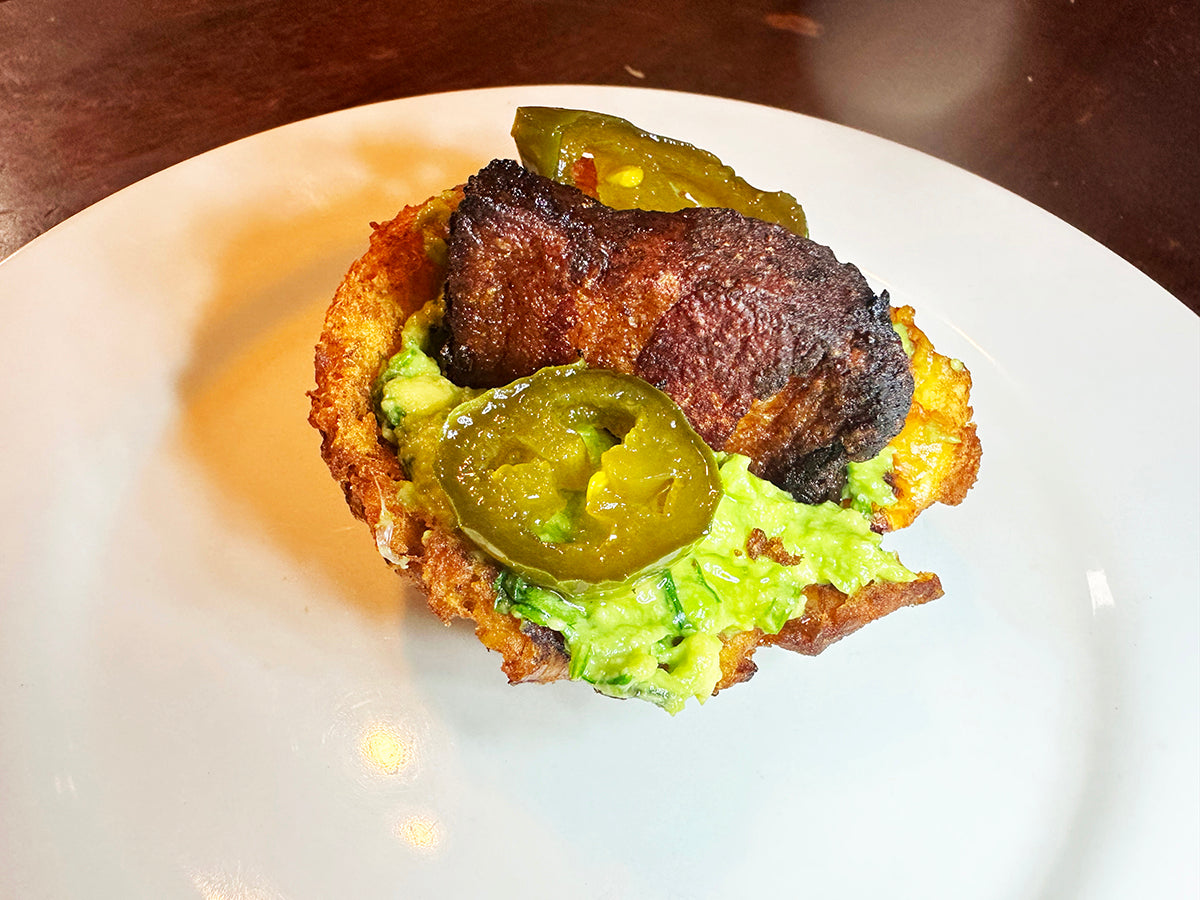
What are Tostones?
Tostones are a popular Latin American and Caribbean snack or side dish made from twice-fried green plantains. Plantains are starchy, banana-like fruits, but unlike sweet bananas, plantains are typically used in their unripe or green state for savory dishes. Tostones are known by different names in various regions, including patacones in some countries.
What are tostones cups / mofongo cups?
Tostones cups, also known as "tostones rellenos" or "mofongo cups," are a creative variation of traditional tostones. Tostones are typically made by frying green plantains, flattening them, and then frying them again until they are crispy. Tostones cups take this concept a step further by shaping the tostones into cup-like forms that can be filled with various delicious toppings.
Why dip them in garlic lime water?
Dipping tostones in garlic lime water is a traditional technique used in some recipes to enhance the flavor of the tostones. This step is often done after the initial frying and before the second frying. Here's why garlic lime water is used and how it adds to the overall taste of tostones:
1. Flavor Infusion:
- The garlic lime water serves as a flavorful bath for the partially cooked tostones. As the tostones soak in this liquid, they absorb the aromatic essence of garlic and the bright acidity of lime.
2. Aromatic Garlic:
- Garlic is known for its aromatic and savory qualities. Immersing the tostones in garlic water imparts a subtle but distinct garlic flavor to the outer layer of the tostones.
3. Citrusy Brightness:
- Lime adds a refreshing citrusy brightness to the tostones. The acidity of the lime helps balance the richness of the fried plantains and adds a zesty, tangy note.
4. Preventing Browning:
- The lime in the water also serves a practical purpose. Lime juice contains ascorbic acid (vitamin C), which can help prevent the cut surfaces of the plantains from oxidizing and turning brown. This helps maintain the vibrant color of the tostones.
How to Make Garlic Lime Water for Tostones?
1. Ingredients:
- Fresh garlic cloves, crushed or minced
- Fresh lime juice
- Water
2. Method:
- In a bowl, combine the crushed or minced garlic with fresh lime juice.
- Add water to the mixture to create a flavorful liquid.
3. Soaking the Tostones:
- After the initial frying of the tostones, place them in the garlic lime water for a brief soak. This allows the flavors to infuse into the tostones.
4. Draining Before Second Fry:
- Remove the tostones from the garlic lime water and drain them briefly before the second frying. Excess liquid can cause oil to splatter during frying, so draining is essential.
5. Second Frying:
- Fry the soaked tostones for the second time until they achieve the desired crispiness.
Result:
The result is tostones that have a subtle garlic aroma, a hint of lime freshness, and a vibrant color. The additional step of dipping in garlic lime water adds complexity to the flavor profile of the tostones, making them more interesting and enjoyable.
While not all tostones recipes include this step, it is a popular and traditional method in certain culinary traditions, adding a unique twist to the preparation of this classic dish.
Why do we double fry tostones?
Double frying tostones is a traditional cooking method that helps achieve the desired texture—crispy on the outside and tender on the inside. The double frying process is a common technique used in many fried food recipes and offers several benefits:
1. Partial Cooking:
- During the first fry, the tostones are partially cooked. The goal is not to make them crispy at this stage but to cook the interior. The plantains become softer and more pliable, making them easier to flatten.
2. Flattening:
- After the first fry, the partially cooked tostones are flattened. This is often done using a tostonera (a wooden press) or other flat surfaces. Flattening increases the surface area and helps to create the desired thinness.
3. Shape Retention:
- Flattening the tostones after the first fry helps them maintain their shape during the second frying. It also creates a larger surface area for the oil to interact with, contributing to increased crispiness.
4. Oil Absorption:
- The second frying is done at a higher temperature. This quick, high-temperature fry promotes the rapid evaporation of any remaining moisture on the surface of the tostones. The high temperature also causes the water inside the plantains to turn into steam, creating small pockets and contributing to the crispy texture. Additionally, the exterior of the tostones forms a protective barrier, reducing the absorption of oil.
5. Crispy Exterior, Tender Interior:
- The second fry is the crucial step for achieving the desired crispiness. The exterior becomes golden brown and crispy, providing a satisfying crunch when bitten into. Meanwhile, the interior remains tender and moist due to the partial cooking in the first fry.
6. Texture Contrast:
- The double frying method creates a delightful contrast in texture—crispy on the outside and soft on the inside. This textural interplay is a key characteristic of well-prepared tostones.
7. Enhanced Flavor:
- The second fry not only contributes to the texture but also enhances the flavor. The high heat helps develop richer and more complex flavors, making the tostones more delicious.
8. Uniform Cooking:
- Double frying helps ensure even cooking throughout the tostones. It prevents undercooked or soggy spots that might occur if the plantains were only fried once.
Overall, the double frying method is a tried-and-true technique that has been passed down through generations in many Latin American and Caribbean cultures. It is an essential step in perfecting the art of making tostones, resulting in a dish that is crispy, flavorful, and irresistibly delicious.

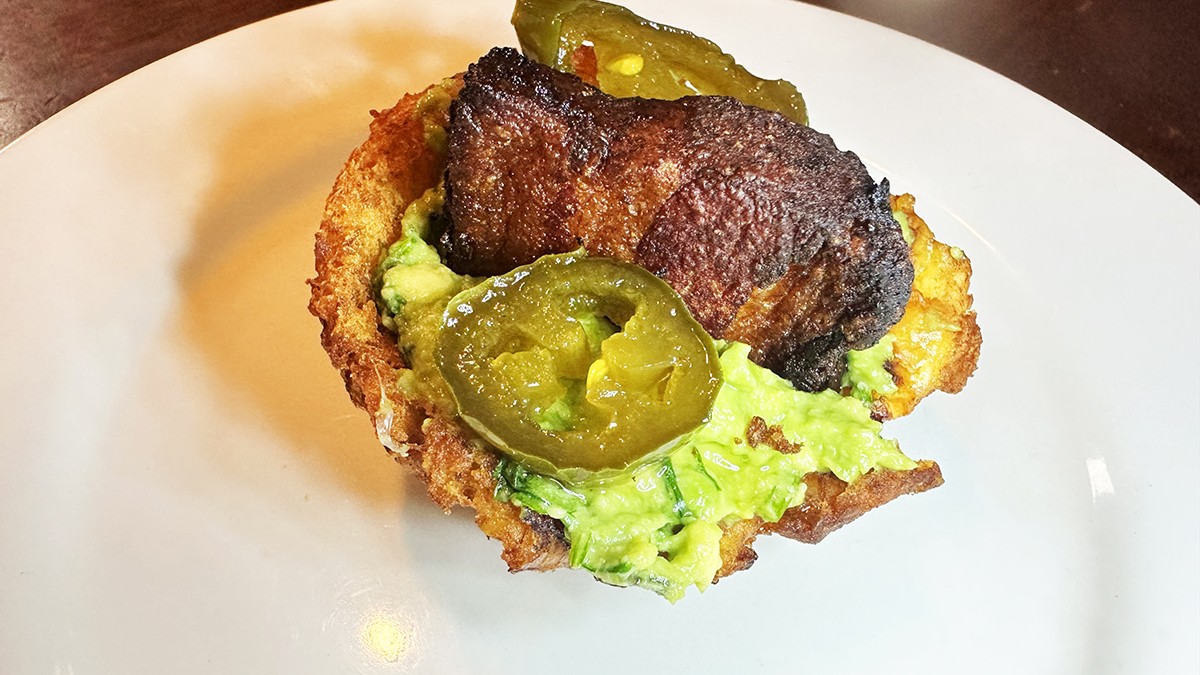
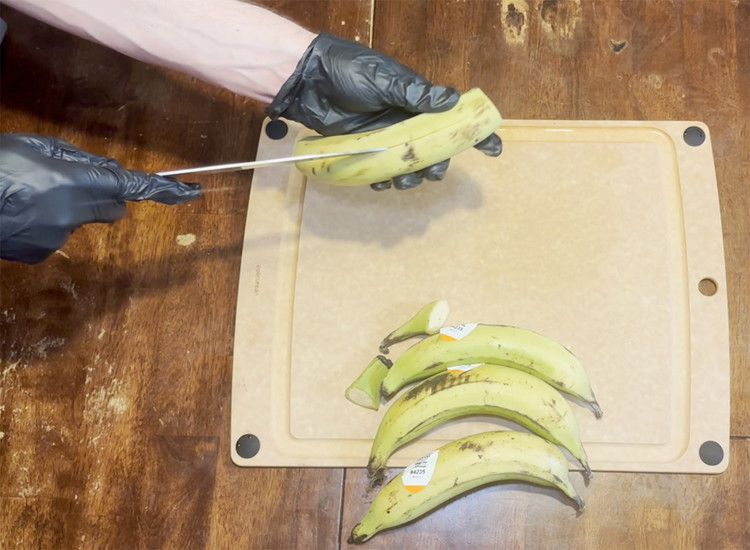
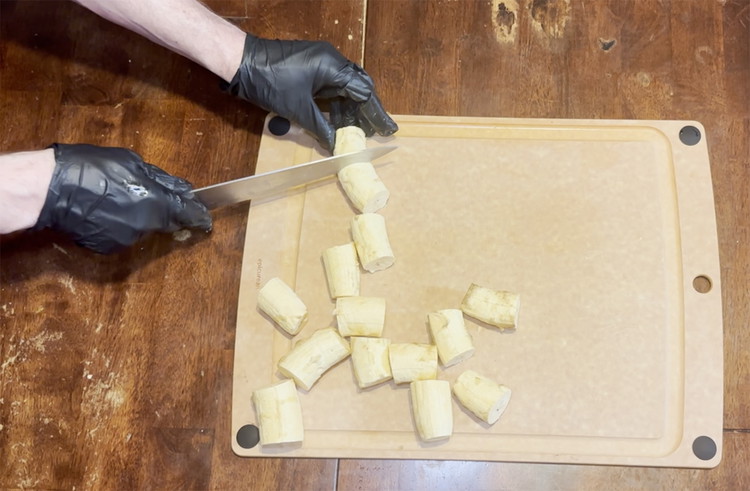
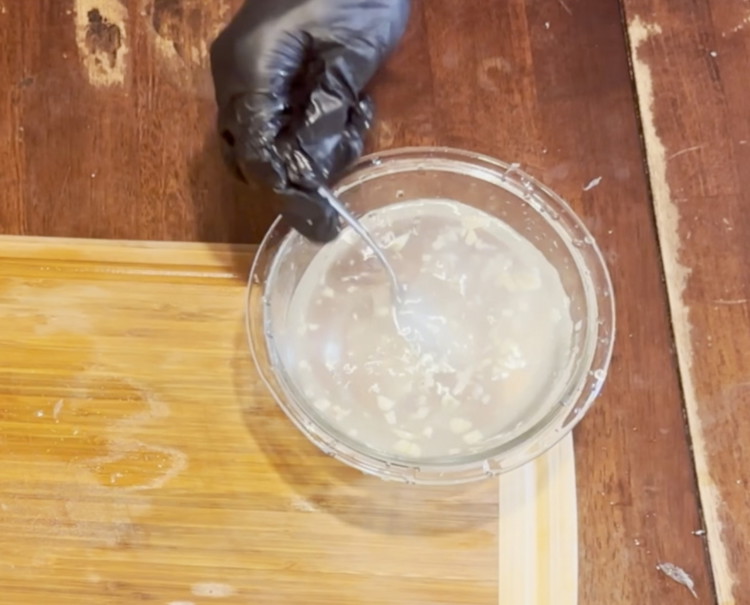
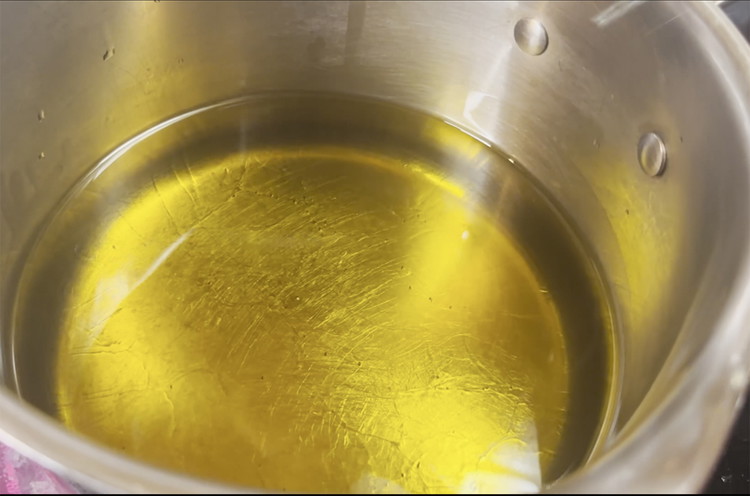
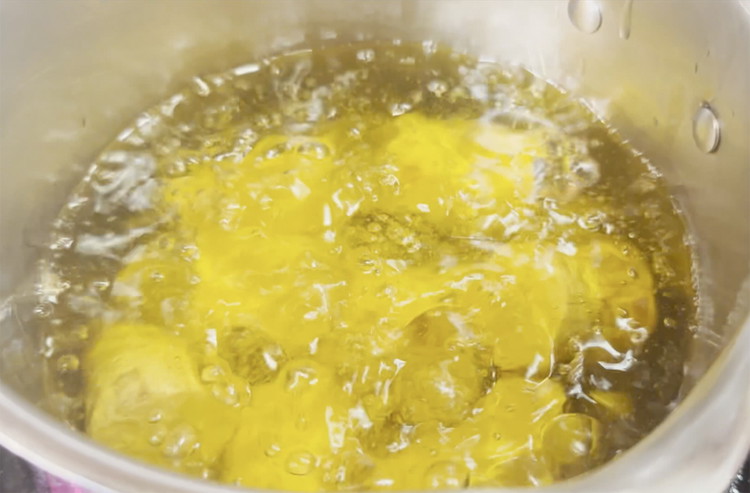
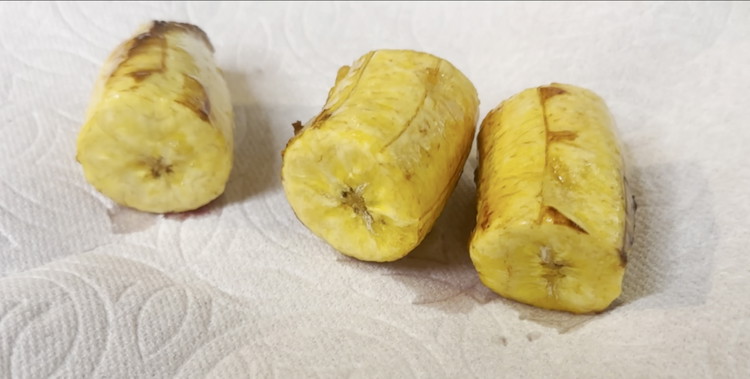
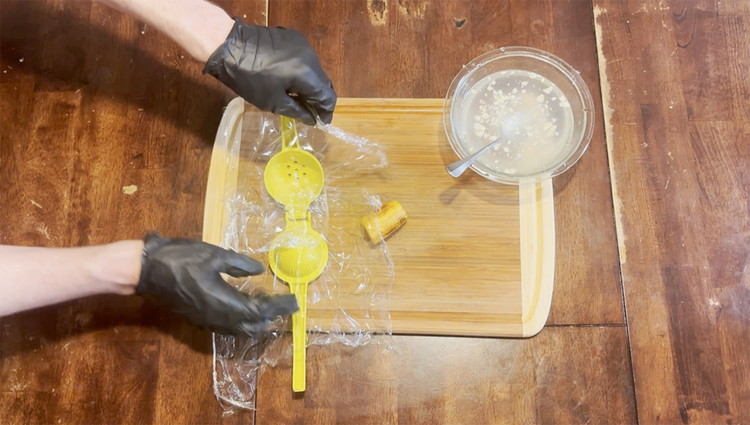
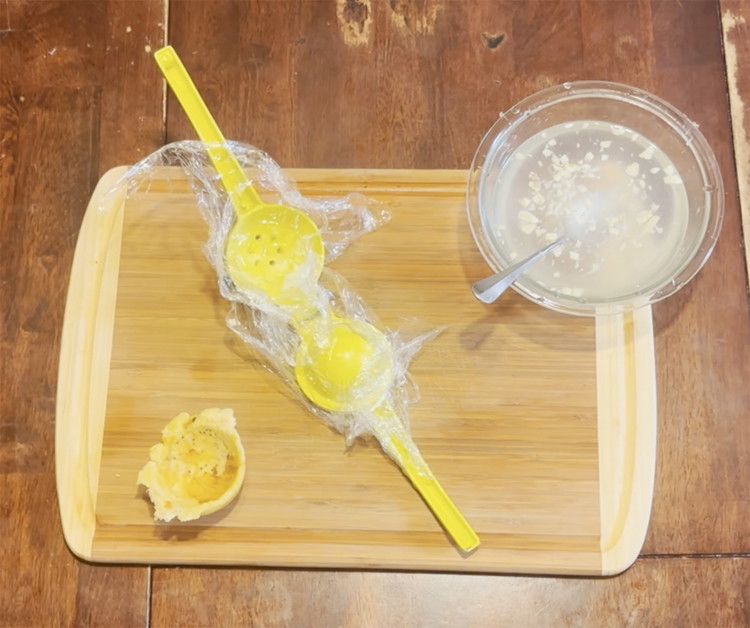
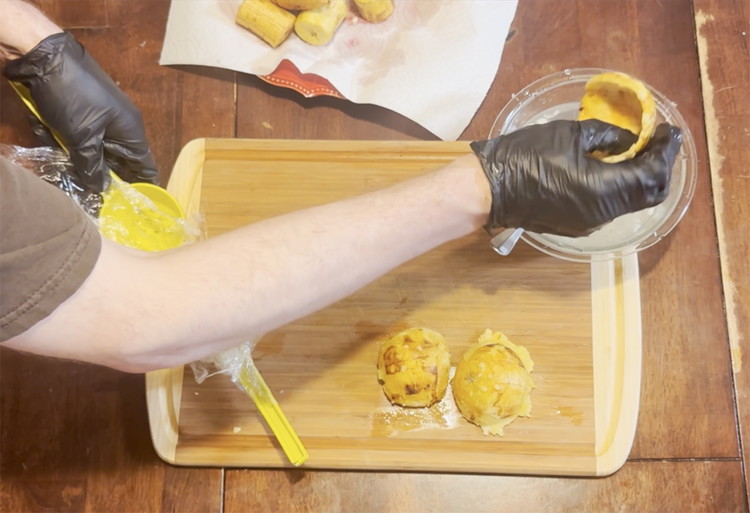


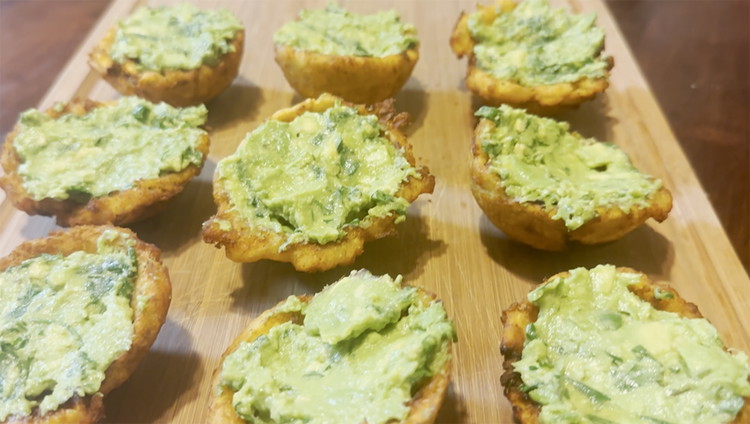
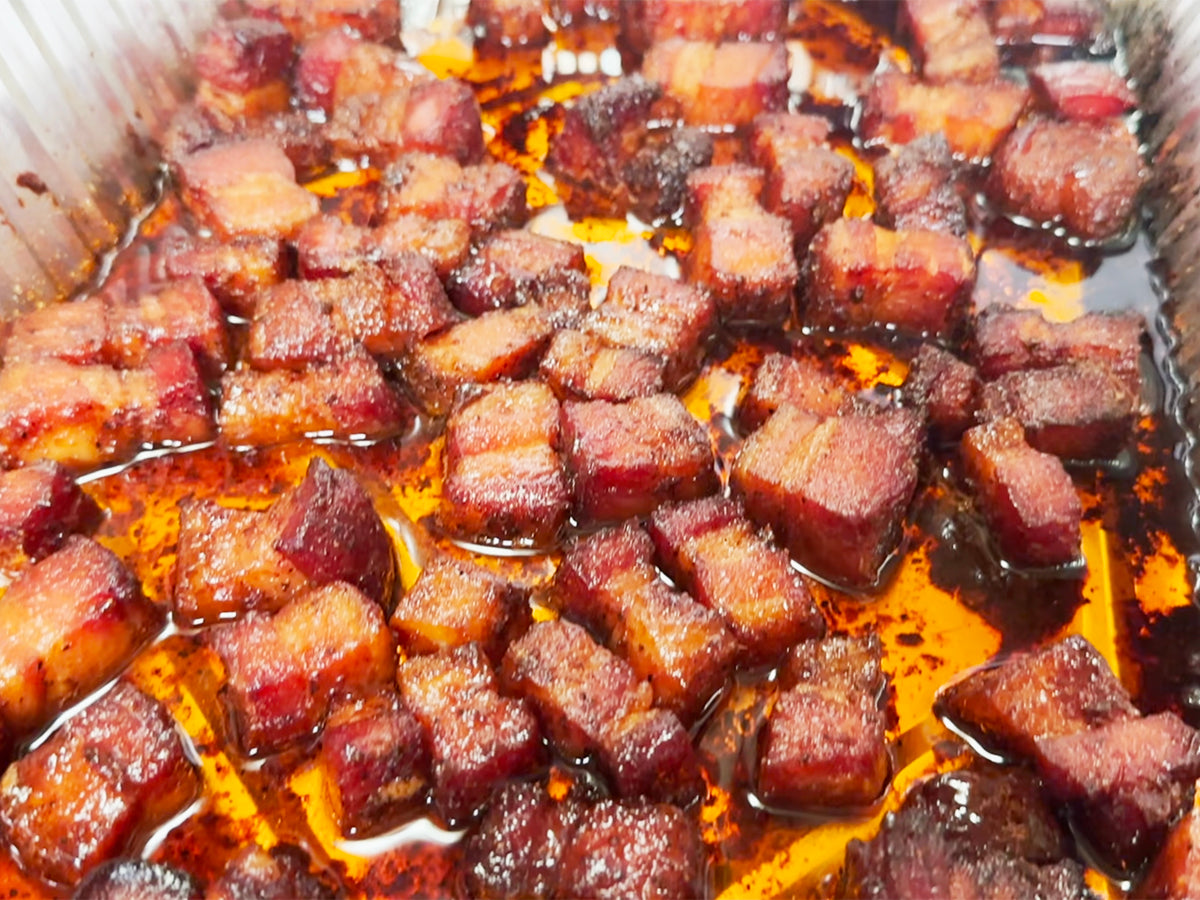
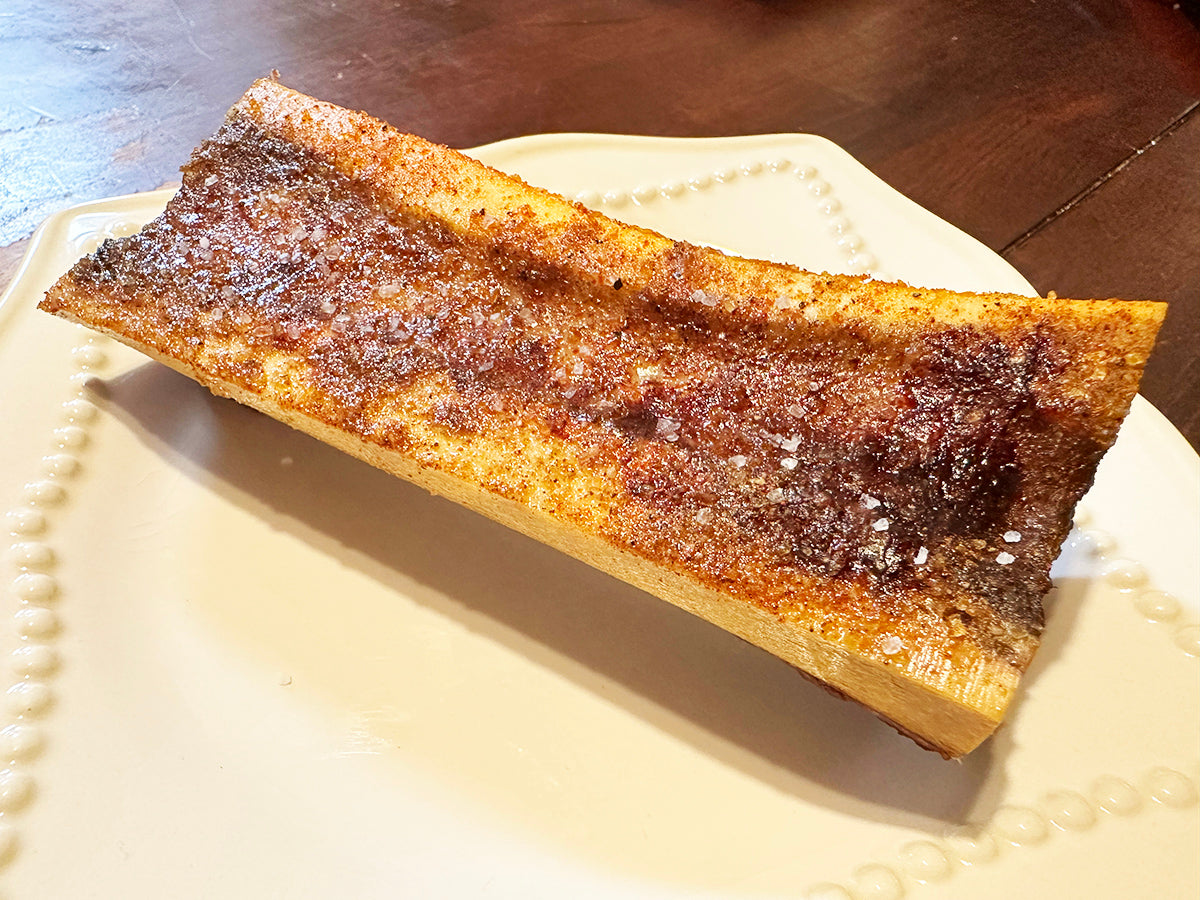

Comments